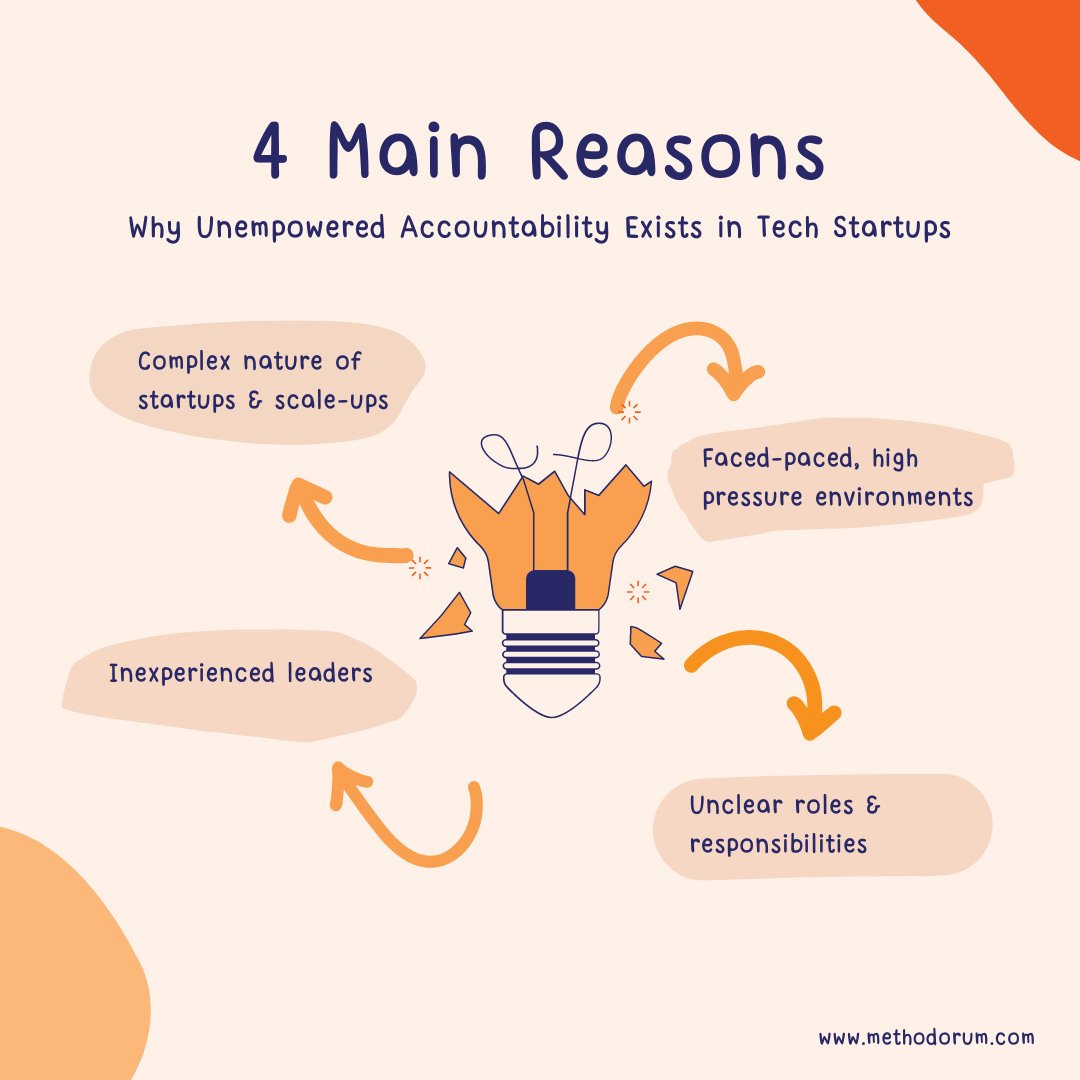How to Drive Team Alignment & Buy-in With Two Questions
Imagine walking into your team meeting ready to talk about what you believe are exciting changes coming to the department. Perhaps a shift is required in how things are done because of the quick growth the company is experiencing. You've prepared thoroughly, visualizing success, and you're eager to support your team as you lead them into this next phase.
But instead of enthusiasm, you’re met with crossed arms and skeptical faces. “Why are we changing our approach again?” someone mutters. “When will upper management ever get it right?” says another. “Why does our team have to take this on?”

As you look around the room (or zoom call) you see confused, disappointed faces. It becomes clear that there’s resistance, making the weight of leading your team through this transition feel much heavier than you'd anticipated.
If this scenario sounds familiar, you’re not alone. Leaders everywhere struggle with the challenge of getting their teams to adapt to change, align with new strategies, and buy into the vision.
It’s something that I see happening time and time again, especially in high-growth tech startups and scale-ups where change is the only constant. It's no surprise that Gartner is reporting around 50% of change initiatives fail, while only 34% succeed.
As humans, we come to the table with varied experiences and perspectives that shape our worldviews. These attitudes and cognitive biases contribute to resistance to change in varying degrees. And a lot of times there are also hidden competing commitments to other things (that are more comfortable and safe) like keeping things the way they are or only working on projects that leverage current skillsets.
Regardless of the reasons, we are all wired to resist change. Change is scary. It takes us from the known and thrusts us into the unknown - which is very unsettling. And that's because our brains are predictive engines that will do their darndest to preserve energy and keep us safe.
So how can we work with this inherent fear of the unknown and resistance to change as we seek to align our teams and secure buy-in for forward movement?
Well, that’s a loaded question. But leaders have a simple technique at their disposal. By asking two types of questions, they hold the power to instantly shift their team's mindset and set them on a path toward the right direction.
Pay Attention to the Why's or When's
If you've noticed from the examples I gave above, or even if you reflect on what folks in your organization are saying during times of change - much of the language revolves around 'Why' and 'When’.
Recurring questions I often hear from clients include:
- Why are we changing strategies again?
- Why isn’t leadership coming to us for our opinion?
- When are they going to hire the right people in upper management?
- Why do we have to scale so quickly?
- Why are there so many policies?
- Why can’t we do this the way we’ve always done it?
- When will that other team step up to the plate?
- Why can’t so-and-so let me do my job?
These rhetorical questions are what I like to think of as hints, breadcrumbs, or keys to the soul. When someone utters phrases like these, they're really voicing their frustration – frustration with how things are unfolding. And according to their worldview, they're not happening in the manner they want or expect. Again, totally normal.
As a leader, it’s important to acknowledge your team’s feelings and frustrations. These feelings are valid because they represent real experiences. Listening to your team and providing a safe space for them to voice these thoughts and feelings is equally critical. We need to look beyond the surface of 'Why' and 'When' questions -- they're often smoke signals for deeper issues: frustration, fear, and resistance to change.
When we use 'Why' and 'When' questions we subconsciously shine a spotlight on problems. Our focus narrows to what's not going well or not working, creating a deficit-based mindset. In this state, we're essentially zeroing in on what's 'wrong,' becoming entrenched in strong, charged emotions, wanting to be right in how we feel, and placing blame on external factors. It’s almost like staring at spilt milk with anger and frustration - just standing there being consumed by irritation.
And if leaders attempt to engage with their teams while trapped in this headspace, progress will be elusive. It doesn't matter what is said or how many discussions are had, if the underlying context is one of frustration, fear, and resistance, then those sentiments will color the outcome of any conversation.
So what do we do? First, we let it be. Then we change the language.
Ask 'What' or 'How' Instead
After acknowledging frustrations, after listening, after allowing your team to be heard in a safe space, you have an ideal opportunity to shift the narrative. By framing questions with 'What' or 'How' you can quickly move your team from a fixed mindset to a growth mindset. It’s like changing the channel on tv - suddenly, the context is entirely different.
The principle of linguistic relativity tells us that the words we choose can reshape our mindset. So when folks ask things like, 'Why are we changing strategies again?' or 'When will the other team every step up to the plate?' or 'Why can't we just do things the way we've always done them?' you can help reframe by asking things like:
- What strategies can we use to help us achieve our goal?
- How can we collaborate with the product team to develop a more effective strategy?
- What does an effective strategy look like?
- What can we do to support the other team?
- What are the results we're seeing now and what do we need to see?
- How do we get there?
See how that works?
Just hearing a question framed this way provides an immediate sense of empowerment. It's as if you suddenly realize, "Holy moly! I can actually DO something here." These 'What' and 'How' questions are solution-focussed, and consciously using them helps distribute responsibility across the team(s), inspiring a shared, collective sense of forward motion.
In his book, QBQ, John Miller demonstrates the transformative power of 'What' and 'How' questions for boosting personal accountability - a key element of personal growth. As a leader, incorporating these types of questions at an organizational level amplifies these benefits, enhancing both team dynamics and overall performance.
So the next time you’re faced with resistance, here's a game plan:
- Recognize the fear in your team's choice of words (especially the 'why' and 'when' questions) and embrace it - it's a natural part of the process
- Listen to your team and provide a safe space for them to express their views
- Guide your team toward growth by reframing questions using 'What' and 'How, empowering them to take action
- Be open to changing your own approach based on their feedback
Even if their input doesn't alter your initial plan, the mere act of being listened to can shift your team's focus toward solutions and forward progress, instead of fixating on problems and stagnation.
This strategy is not a cure-all. Complex organizational challenges often require multi-faceted solutions, and this is just one component. Nonetheless, even a simple shift in language can profoundly affect both personal and organizational culture and productivity. You might even want to try it out on yourself.

 By
By

